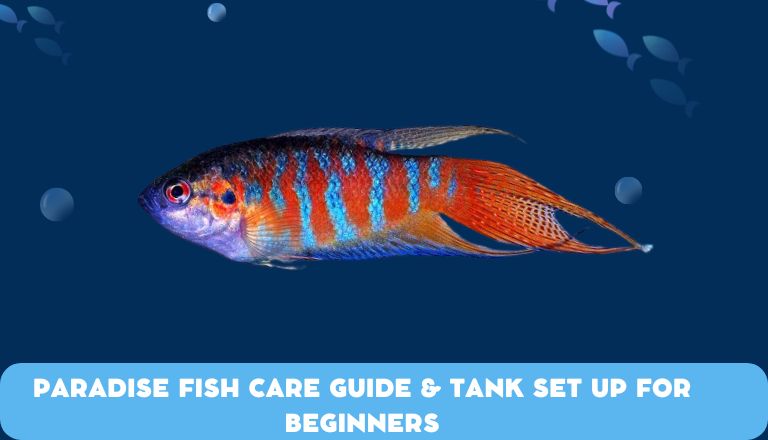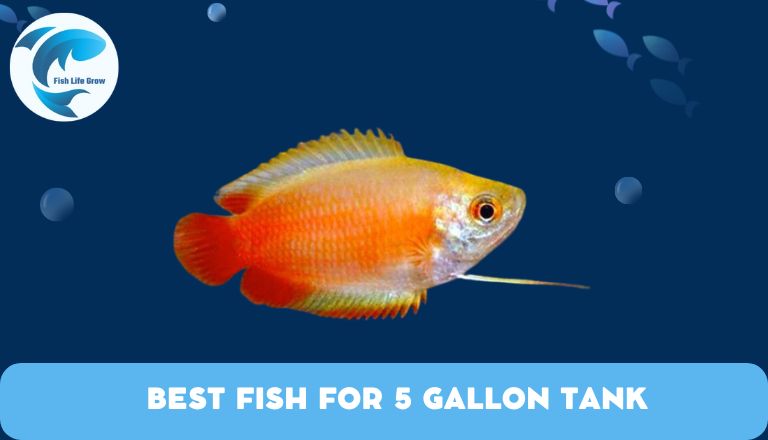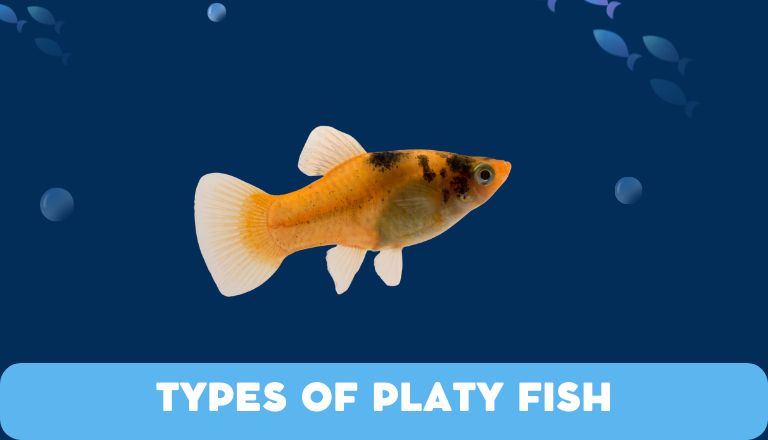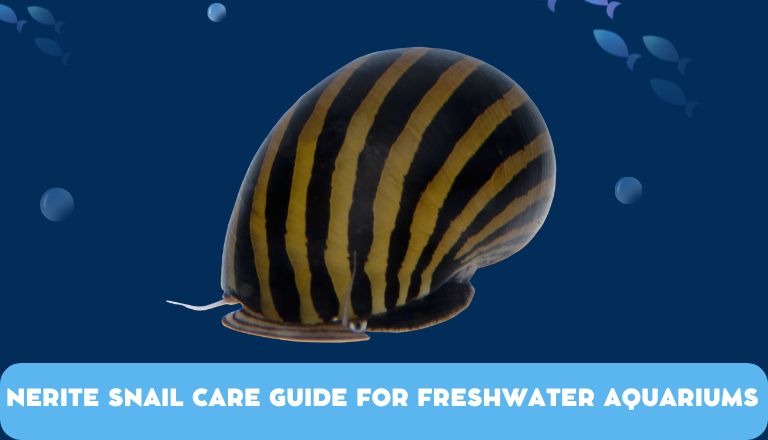Blue Velvet Shrimp Care Guide & Tank Set Up For Beginners
In this beginner-friendly guide, we will cover everything from water parameters to creating the ideal habitat for Blue Velvet Shrimp care.We’ll explain how to set up a good tank for them, including the right water conditions and food. We’ll also talk about which other fish can live with them and how to breed them.
Blue Velvet Shrimp Key Care Stats
| Tank size | 5–10 gallons ( about 40 liters) |
| Temperature | 72° to 82° F (22 – 28°C) |
| pH | 6.4 to 8.0 (ideally from 6.8 to 7.5) |
| KH | 0-8 (ideally from 2 to 4) |
| GH | 4-14 (ideally from 6 to 8) |
| TDS | 100-400 (ideally from 150 to 200) |
| Nitrate | less than 20 ppm |
| Living zone | Bottom-dwellers |
| Temperament | Peaceful |
| Diet | Algae eater/omnivore |
Species Overview, Appearance, & Origin
Blue velvet shrimp, also known as dream blue shrimp, are a pretty freshwater species from Taiwan. They have a bright blue color that makes aquariums look fancy. These small, calm creatures are good for new and experienced fish tank owners.
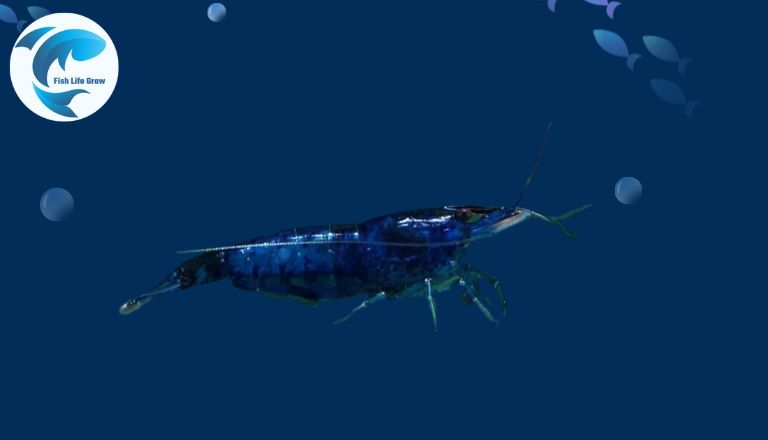
Blue velvet shrimp have a dark blue body with lighter shades, giving them a velvety look. Their detailed patterns and intense color make them noticeable in aquariums. These shrimp are liked by fish tank enthusiasts for their beauty and easy care.
Scientific Classification
The Blue Velvet Shrimp belongs to the scientific genus Neocaridina and the family Atyidae. Its scientific name is Neocaridina davidi, but it is more commonly known as Blue Velvet ,Blue Jelly shrimp, Blue shrimp in the aquarist community.
These blue freshwater shrimps are popular for their color and peaceful behavior, making them a top choice for planted aquariums.
Blue velvet shrimp LifeSpan
Blue velvet shrimp have a short lifespan of 1-2 years in ideal aquarium conditions. Water quality and diet can impact how long they live.
Breeding and genetics affect how long shrimp live. Selective breeding helps make shrimp healthier and live longer. Knowing these things is important for keeping shrimp populations healthy.
Size
Blue velvet shrimp s typically grow to around 1 to 1.5 inches as adults, but their size can vary due to genetics and environment. Female shrimp are usually slightly larger than males.
Taking good care of their habitat, feeding them a balanced diet, choosing suitable tank mates, and maintaining optimal water conditions will help them grow healthily in your aquarium.
Blue Velvet Shrimp Care & Tank Set-Up
To set up a tank for Blue Velvet Shrimp, keep the water stable and at 72-78 F. Add hiding spots and live plants for them to graze. Keep the water clean with regular changes.
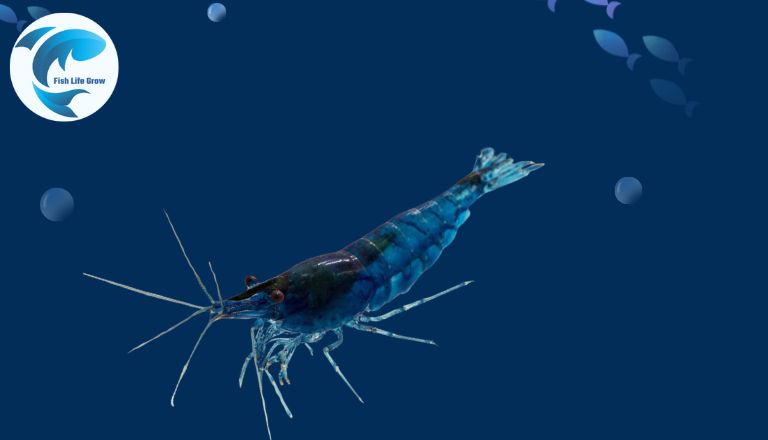
Feed them shrimp pellets, algae wafers, and veggies in moderation. Don’t overfeed to avoid water issues. A good diet and tank set-up make a great home for Blue Velvet Shrimp.
Tank Size
When preparing a tank for blue velvet shrimp, it’s important to choose the right tank size for their well-being. Blue velvet shrimp are small, about 1-1.5 inches long as adults, so a tank of 5-10 gallons is suitable. A larger tank is better for keeping stable water conditions.
Smaller tanks require more attention to maintain the right temperature for blue velvet shrimp. It is important to keep the temperature steady between 72-78 F (22-25 C) to ensure the health of the shrimp. Fluctuations outside this range can cause stress or harm to the shrimp.
The Nitrogen Cycle
To set up a tank for blue velvet shrimp, you need to know about the nitrogen cycle. Good bacteria help break down waste to keep the water clean. Start the cycle by adding ammonia and check the water often. Keep the bacteria balanced and maintain good water flow and filtration.
Regularly change the water and maintain the cycle for happy shrimp. Keep the water quality high for a healthy tank and be a responsible fish keeper.
Water Parameters
To keep Blue Velvet Shrimp healthy in the aquarium, maintain the right water conditions. They like slightly acidic water with a pH between 6.5 and 7.5. Keep the temperature between 70-80 degrees Fahrenheit for their comfort.
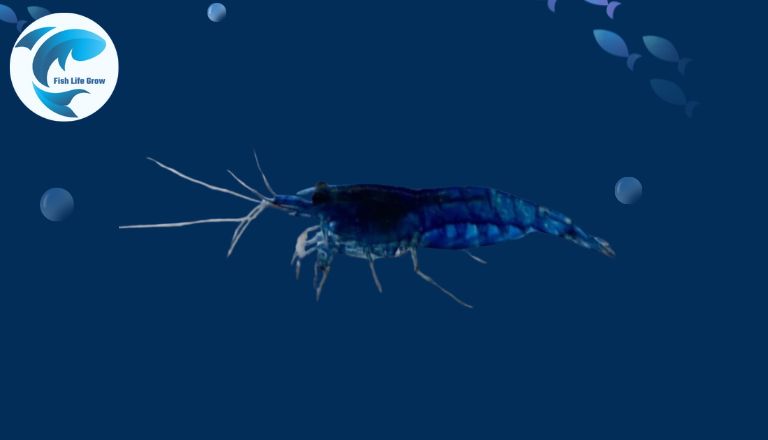
Make sure the water has enough oxygen for them to survive. Check ammonia, nitrite, and nitrate levels regularly to prevent any harm to the shrimp.
Plants & Decor
Choose plants like Java moss, Anubias, and Water wisteria for shrimp to hide and eat. These plants clean the water by taking in nitrates and giving out oxygen. Use driftwood or rocks for decoration to make the tank look like their home and give them more places to explore.
Avoid using sharp decorations that could harm or trap the shrimp. Making a balanced environment will make the tank look better.
Diet & Feeding Blue Velvet Shrimp
To keep Blue Velvet Shrimp healthy and colorful, give them a balanced diet. They like to eat plant-based foods like algae wafers, vegetables, and shrimp pellets. Add protein like bloodworms or brine shrimp so they can grow well and look bright.
Feed them a small amount once or twice a day, enough for them to finish in a few hours. By feeding them right and giving them different foods, you can keep your Blue Velvet Shrimp happy and healthy for a long time.
In-Tank Behavior & Temperament
Blue velvet shrimp are colorful and peaceful creatures that can make aquariums more vibrant. They like to socialize, explore, and are sensitive to water quality. Keeping the tank conditions stable is important for their health.
These shrimp make the aquarium look better with their friendly behavior and pretty appearance.
Tank Mates (And Who to Avoid)
Select calm tank companions such as cherry shrimp for blue velvet shrimp. Avoid aggressive or large fish and bottom-dwelling species to ensure the safety of the shrimp. Choose compatible tank mates to create a happy aquatic community with blue velvet shrimp as the focal point.
Good Tank Mates
Good tank mates for Blue Velvet Shrimp are small fish like Neon Tetras, cherry barbs, and endlers livebearers. Freshwater snails like nerite or mystery snails are also good companions as they eat algae and leave the shrimp alone.
Dwarf crayfish and Blue Velvet Shrimp can also live together in a tank with lots of space and places to hide. This will make the shrimp and their tank mates happy.
Bad Tank Mates
Keep aggressive fish like bettas and gouramis away from peaceful blue velvet shrimp. Avoid larger fish cichlids or loaches that may see the shrimp as food. Some fish can live peacefully with blue velvet shrimp, but be cautious when choosing tank mates.Crayfish and snails on the bottom can hurt shrimp by fighting for food and space.
Breeding
To breed blue velvet shrimp, choose healthy adults with bright colors for strong genetics. Keep them in a well-maintained tank with stable water conditions and hiding spots for pregnant females. When you see a female with eggs, move her to a separate tank to protect the eggs. The eggs usually hatch after about 30 days.
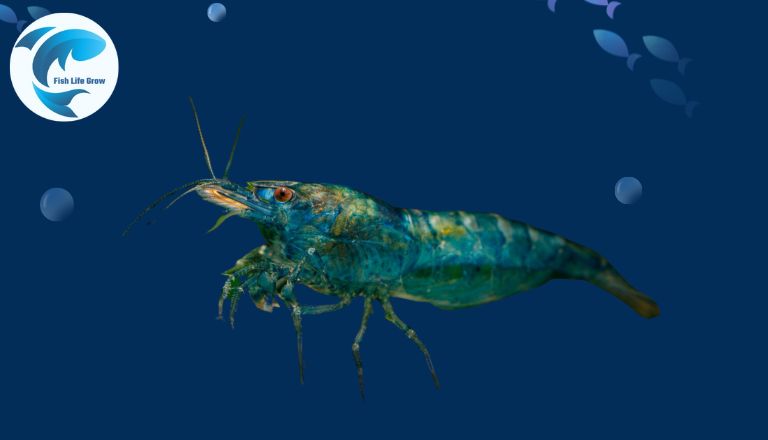
Feed the baby shrimp powdered food or infusoria until they can eat regular aquarium food. Breeding these shrimp is satisfying but requires patience and dedication to raise healthy babies.
Conclusion
Blue velvet shrimp care is enjoyable for new aquarium fans. Follow the Blue velvet shrimp care guide, set up a good tank, and create a healthy environment. Keep the water clean, provide hiding spots, and feed them well. With proper care, the shrimp will thrive and add color to your aquarium. Start caring for blue velvet shrimp now and enjoy watching them brighten up your tank!
FAQs
How Long do Blue Shrimp Live?
Blue shrimp in aquariums typically live for 1-2 years. The quality of water and food they get can impact their lifespan. To help shrimp live longer, keep their tank clean, use proper filtration, and regularly check their health.
How Big do Blue Velvet Shrimp Get?
Blue velvet shrimp usually reach a size of 1-1.5 inches. They need clean water, places to hide, and a balanced diet to stay healthy. Regularly check their health and the water quality.
What do Blue Velvet Shrimp Eat?
Blue velvet shrimp eat algae, biofilm, and plant matter. They need a balanced diet of pellets, vegetables, and proteins. Feed them small amounts several times a day to avoid overfeeding.
Are Blue Velvet Shrimp Easy to Care For?
Blue velvet shrimp are low-maintenance in freshwater tanks. They require stable water conditions, hiding spots, and algae surfaces. Do regular water changes and monitor them. With proper care, they are a great addition to aquariums.


